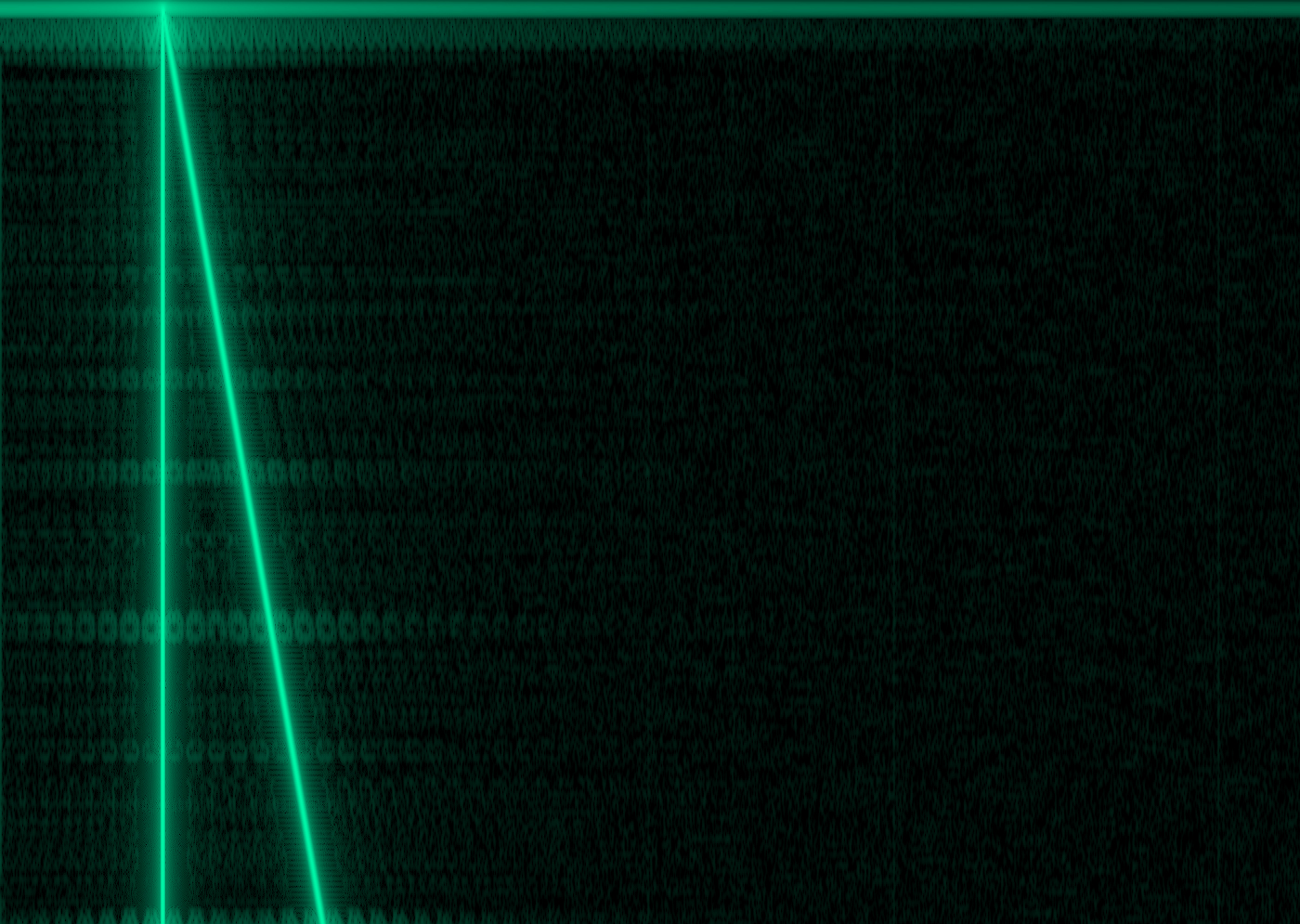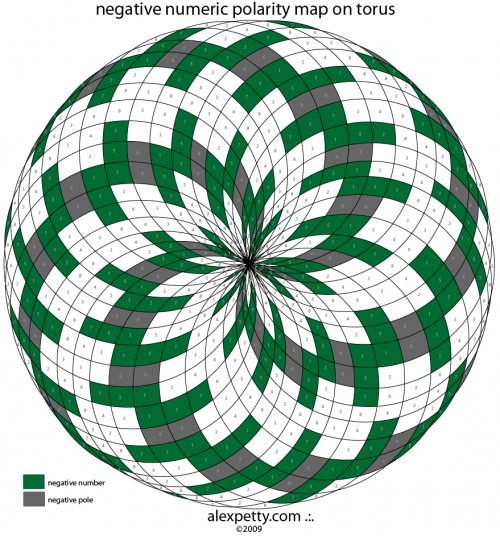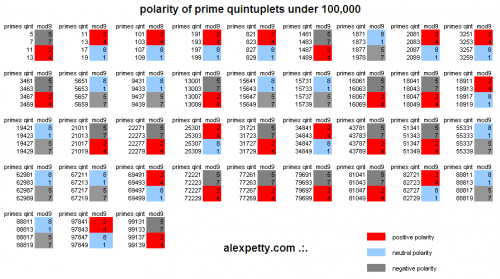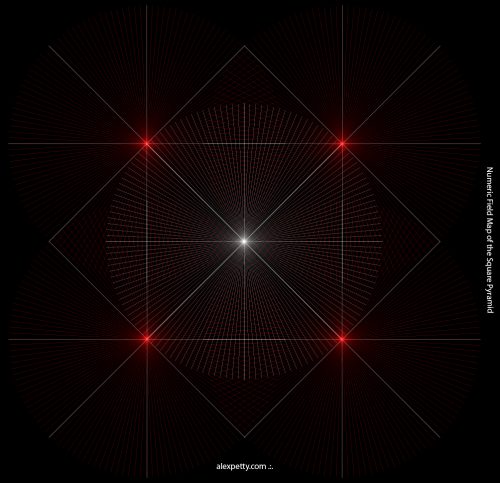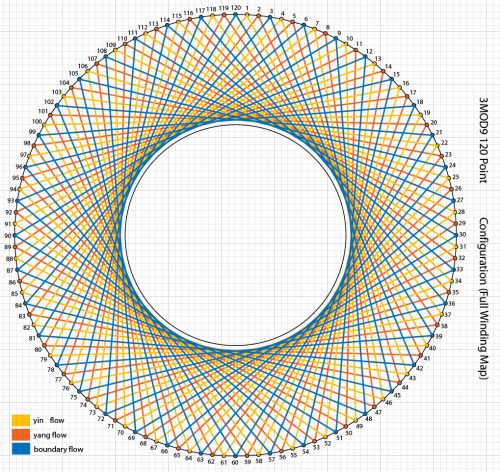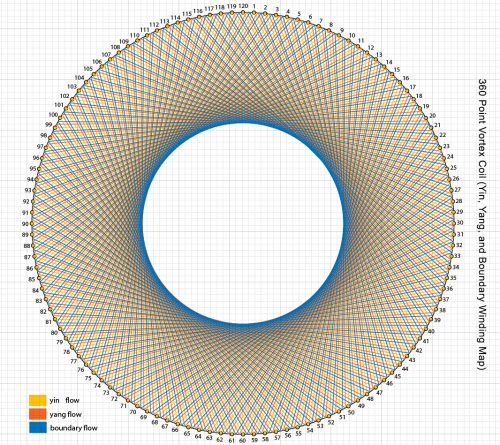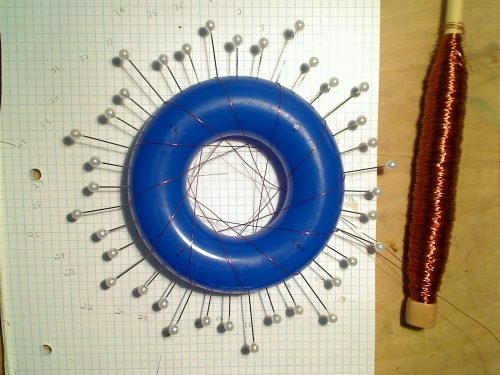Comparison of Numeric Polarity with a Pyramid and Torus
This evening I have been comparing the fields of numeric polarity in the Pyramid and the Torus. My work has yielded the following drawings. Note that the segment formed by 6 and 9 represents the negative pole and...
On Numeric Magnetism and the Fundamentals of Primality
In my search over the decades for an explanation of the distribution of the primes and the true nature of numbers, I have come to see numbers not as mental abstractions representing the physical world, but rather...
Numeric Field Interactions in Square-based Pyramid
Below is my analysis of a square pyramid in terms of Numeric Polarity Theory. Taking this study a step further, I have overlaid my pyramidal field line analysis over the numeric map with an 8 radial field. The...
Relative Motion of Vectors Produces Fields
I have observed that the radials of two circles when in motion relative to one another produce optical interference patterns in the form of a dipole field. Even more interesting is that when you pass the centers of...
120 Point Vortex Coil
Rodin coils use 36 points. I thought to increase the density of 9MOD9 positions by inventing the Vortex Coil. Vortex Coils use a minimum of 120 points but can be built using any number of points higher than 120....
360 Point Vortex Coil using only 120 Guide Pins
After much experimentation, I have devised a way to wrap 360 winds on a small torrid surface. I have done this by using all 120 pins as a single first wind. Then I use the initial winding series as the guide for...
36 Point Rodin Coil Windings
I have drawn up the winding pattern I have been using for constructing Rodin coils. These coils appear to generate a rotating magnetic field without any mechanical apparatus. Below is the winding pattern for the...
